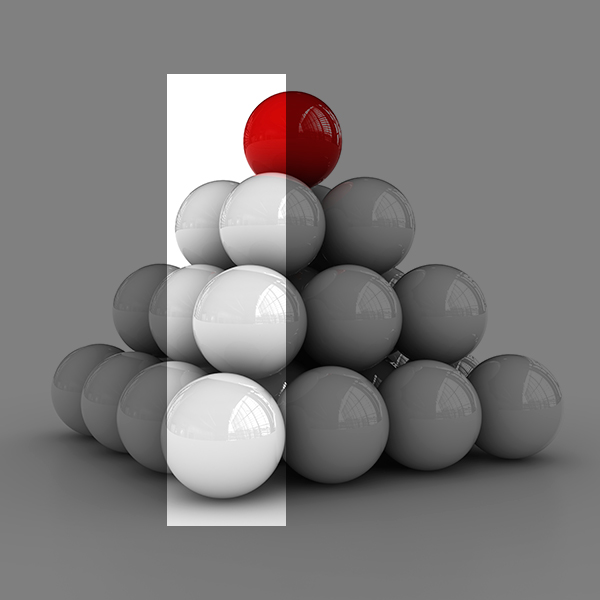
Author: Núria Vergés Bosch
Programme: Doctoral Programme on the Information and Knowledge Society
Language: Catalan and English
Supervisors: Dr Ana María González Ramos, Dr Elisabet Almeda Samaranch and Dr Cecilia Castaño Collado
Faculty / Institute: Internet Interdisciplinary Institute (IN3)
Subjects: Social Sciences, Theories and Methodology of Social Sciences, Sociography, Gender Studies
Key words: Gender, ICT, Digital inclusion policies, Self-inclusion, Motivations, Enablers, Mechanisms, Doing gender, Undoing gender, Doing ICT, Undoing ICT, Women technologists, Women computer technologists, Women artistic technologists, Art and technology, Feminisms, Post-feminisms, Technology feminisms
Area of knowledge: Political and Administration Science, Sociology
+ Link to project
Summary
This thesis analyses the process of self-inclusion of women in ICT, which is understood as a strategy in which women are situated as agents conducting their own ICT inclusion. The main objectives of this research are: first, to explore the relationship between gender and ICT; secondly, to examine the self-inclusion strategies, that is, the main motivations, enablers, and mechanisms involved; and finally, to compare these issues in relation to artistic technologists and computer technologists.
The analysis is based on the discourses of a purposive sample of women technologists gathered through interviews and focus groups. At the same time, it departs from current feminist theories of technology that claim a fluid and mutually constitutive relationship between gender and ICT, and seek new opportunities for transformative research and action.
The analysis aims to answer three main questions: first, how, and to what extent, gender and ICT transformations are manifested in the process of self-inclusion; secondly, what motivations women express, what enablers they encounter, and what mechanisms follow and activate to self-include in ICT; and finally, what do artistic technologists and computer technologists share, and in what do they differ, in relation to both issues stated above.
The results of this research indicate that transformations appear for both gender and ICT. However, these changes are not extreme, but are situated in the middle of a continuum of gender and a continuum of ICT that is being co-produced in a fluid and mutable manner, that is, while doing and undoing gender and ICT. This contributes to postfeminist research into technology providing new evidence and developments about the relationships between gender and ICT. The research also examines the process of self-inclusion of women in ICT, identifying and describing the main elements involved. This examination consists, first, of identifying and explaining several self-inclusion mechanisms that the participants follow and activate in relation to the motivations and enablers of self-inclusion. Secondly, these show that, predominantly, there is an enthusiastic relationship between the participants and ICT. Finally, although these issues are similarly presented for artistic technologists and computer technologists, some differences and new opportunities appear. This suggests that ICT intersections must be considered in order to understand and improve the inclusion of women in ICT. This not only contributes to the debates on feminism in technology, but also provides a guide to future policies in regard to gender and ICT inclusion.
